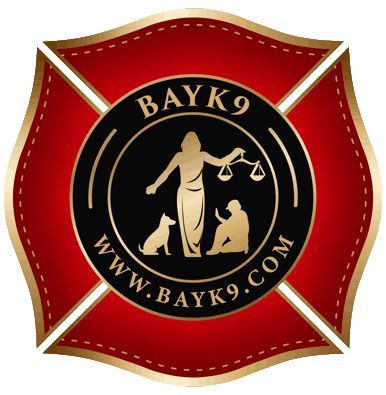Dealing with Aggression
- Difficult Dogs that are not easy to handle.
- Learn from the most experienced evaluator
- Domination issues
- According to scientific research, dog aggression is not rooted in dominance behavior or the owner’s lack of “alpha” status.
- Most aggressive behavior originates from fear and anxiety.
- For your dog, it is a form of self-defense.
- Reacting to dog aggression with physical confrontation such as forcing the dog down by the collar or pushing down his head or back only increases the dog’s stress.
- Punishment
- This approach is not only it is detrimental to the psychological well-being of the dog, but it also leads to an increase in aggression.
- Punishment sends the dog down an emotional roller-coaster.
- At one moment, its owner seems to be loving and caring, but on the other, he is the source of pain and suffering.
- What punishment fails to do is send the right message.
- Your dog often fails in associating the punishment with his own bad behavior, especially when it is delivered with a delay.
- Scientists recommend reward-based training as the most successful approach.
- Trigger Stacking
- Stress is not only psychological. It is the body’s physiological response to a perceived threat. During stress, the brain releases the hormones cortisol and adrenaline.
- When your dog faces stress repeatedly, the levels of cortisol build up in its body. This mechanism is called trigger stacking.
- Expose your dog to stress in a controlled way and always give it some time to rest in a quiet and calm environment to regain balance.
- Keep in mind that some of the signs of dog stress are less readily visible than barking and growling.
- Your dog’s aggressive displays come from stress and anxiety.
- Your pet observes your emotional state all the time, detecting even the slightest changes to your body language and smell.
- One of the worst things you can do during the dog’s aggressive display is to panic.
- If you remain calm and collected, you can project your leadership onto your dog.
Dog Aggression over the last 25 years has been broken into new categories and types. It is important to understand and to get help for your dog. After 10 plus years of helping agencies and rescue groups, I have turned to prevention as the best method to help the public. Once your dog is ruined by an incident it is difficult for owners to know exactly how to fix them. I have had success with the most difficult challenges but also have heartbreaking stories and have decided to share some of them to teach awareness and prevention. Rehabilitating dogs has been my personal choice for over 25 years and is very difficult for families that want a pet and companion. It is a choice and needs to be done with the utmost control over both environment and handling to succeed.
Stay tuned to our blog for more helpful insight as it will be growing as we publish our work.


Recent Comments